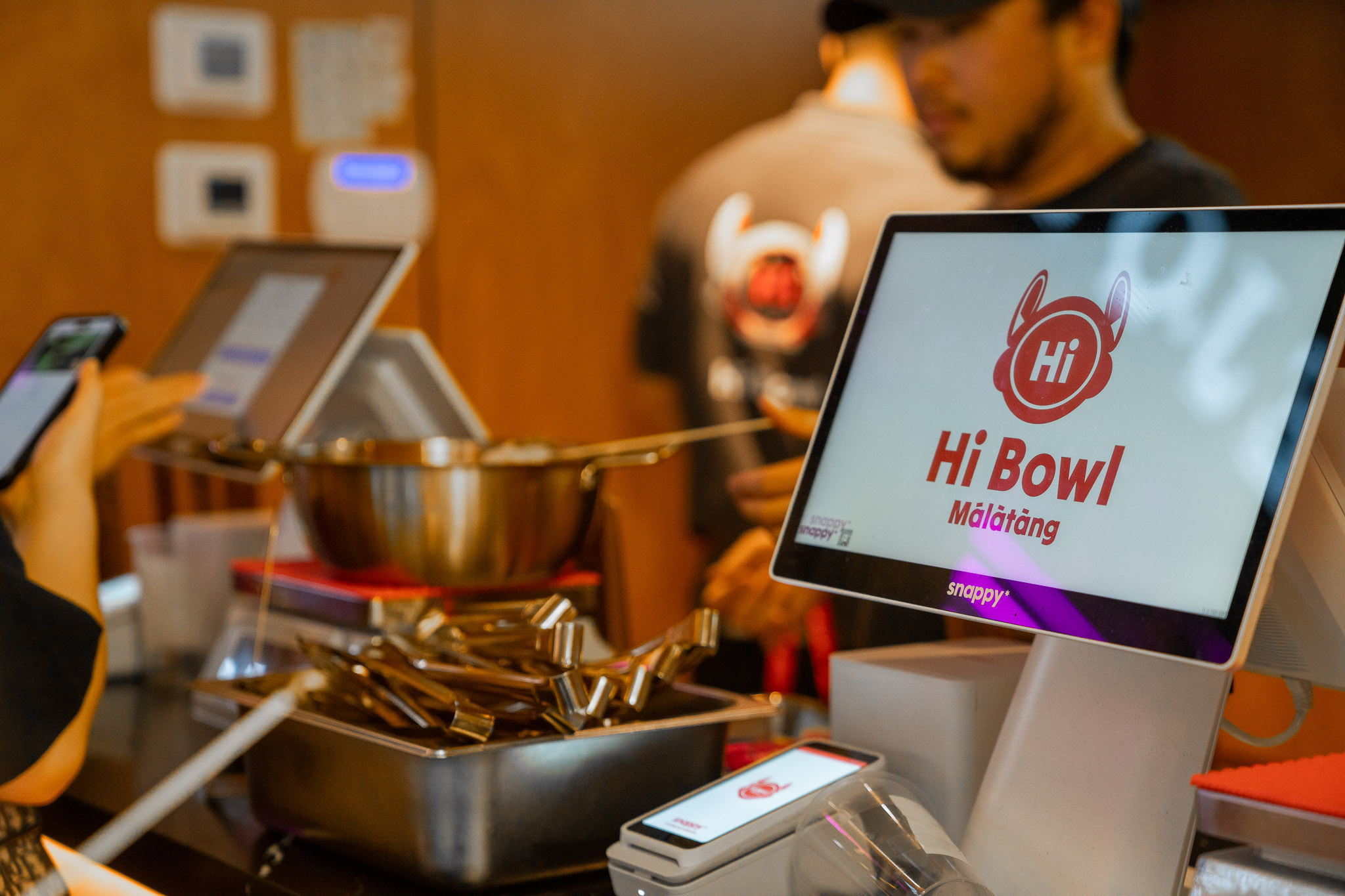
October 23rd, 2025
Choosing the right point-of-sale (POS) system is one of the most important decisions a Canadian business can make. Whether you run a busy restaurant, a growing retail store, or a service-based business, a modern POS goes far beyond payment processing, it’s your all-in-one tool for managing sales, inventory, and customer relationships.
With dozens of POS providers available in Canada, understanding which platform best fits your operations is key. Below, we highlight key considerations for the perfect POS system for your business and top providers to consider.
Ensure full Canadian tax compliance: Your POS must accurately handle GST/HST and provincial sales taxes (PST, QST), with Revenu Québec certification where required.
Match the POS to your business type: Retail, restaurant, and service-based businesses have very different operational needs; choose one with tailored workflows and integrations.
Confirm hardware compatibility and deployment flexibility: Look for systems that support tablets, terminals, and mobile devices, with offline mode and compatibility with Canadian banks.
Understand payment processing and fees: Evaluate transaction rates, processor flexibility, and hardware costs before committing to a provider.
Plan for scalability and integrations: A good POS should grow with you, connecting to delivery apps, loyalty programs, and accounting or eCommerce platforms.
Prioritize reporting and ease of use: Choose software that offers real-time analytics, intuitive dashboards, and efficient employee management tools.
Evaluate total cost of ownership: Consider monthly fees, setup costs, hardware, and processing rates (typically 2.4%–3.5% per credit card transaction).
Look for local, bilingual support: Canadian-based support ensures compliance expertise, faster issue resolution, and language flexibility in both English and French.
Before diving into specific providers, it’s important for Canadian businesses to be clear about what to evaluate. Here are key criteria:
According to one industry estimate: software cost for SMBs can range $39-$89/month; hardware up to $1,500 and processing fees typically 2.4-3.5 % of credit card transactions.
As Canada’s restaurant and retail industries continue to evolve, a reliable POS system is no longer optional, it’s the backbone of efficient operations and customer engagement. While providers like Square, Lightspeed, and TouchBistro each serve specific niches, picking the right one for your business requires thorough evaluation. Best recommendation we can give is to schedule a demo with each POS provider and discuss the unique needs your business has.
POS system costs vary depending on features and scale. On average, Canadian businesses can expect:
Software: $39–$89 per month
Hardware: Up to $1,500 for terminals, tablets, and printers
Processing fees: 2.4%–3.5% per credit card transaction, or 0.75% + 7¢ for Interac debit (on average)
Reputable Canadian POS providers, including Snappy POS, Square, and Lightspeed, use encryption, secure cloud storage, and regular system updates to protect sensitive customer and transaction data. Choosing a provider with Canadian-based servers and local support can further reduce compliance risks and ensure your business meets privacy regulations, including PIPEDA.